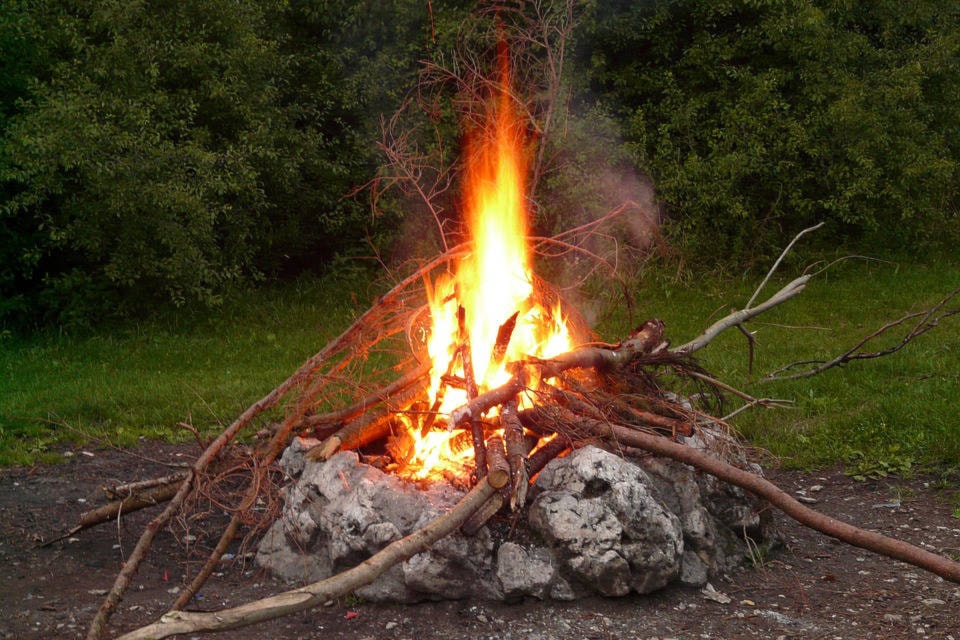Category 2 fires are no longer prohibited in the Prince George Fire Centre.
BC Wildfire service has lifted its ban on open burning throughout the region. Both Category 2 and 3 fires are permitted effective June 7 at noon.
Campfires, grass burning and large fires with fuel breaks are once again permitted said Molly Blower, information officer at the Prince George Fire Centre.
The reason for lifting the fire ban is good weather conditions including an increase in relative humidity and drop in temperature, Blower said adding that the public should still be careful with lighting fires as it has been a very dry year.
“It has been dry up to this point in the year which means the fuels will still remain quite dry. So the public need to make sure that they are following all the normal protocols,” Blower said.
BC Wildfire Service had put the fire ban in place on May 8 due to dry and hot conditions.
READ MORE: Category 2 open fires are now prohibited within the Stuart Nechako forest districts
Anyone planning to burn a pile larger than two metres high by three metres wide, or conduct a grass burn larger than 0.2 hectares (Category 3 fires), must obtain a burn registration number ahead of time by calling 1 888 797-1717. A poster explaining the different categories of open burning is available here.
To report a wildfire, unattended campfire or open burning violation, call 1 800 663-5555 toll-free or *5555 on a cellphone.
The Prince George Fire Centre is located within the largest forest region in the Province; an area ten times the size of Vancouver Island and totalling 31.8 million hectares.
The boundaries of the Prince George Fire Centre include the north of the Interior Plateau and the Omineca Mountains to the north, sections of the Rocky Mountain Trench and Peace Liard country to the east and part of the Cariboo range to the south. The region is home to sub-alpine fir, interior cedar-hemlock, and boreal and sub-boreal spruce forest ecosystems.
Aman Parhar
Editor, Vanderhoof Omineca Express
aman.parhar@ominecaexpress.com
Like us on Facebook and follow us on Twitter
